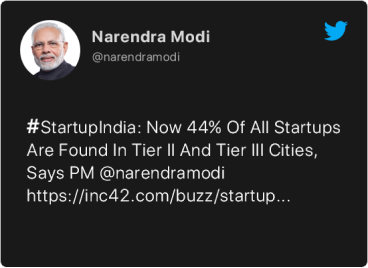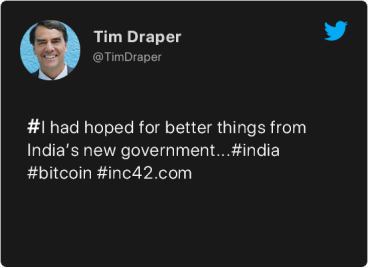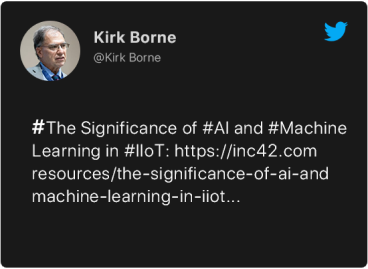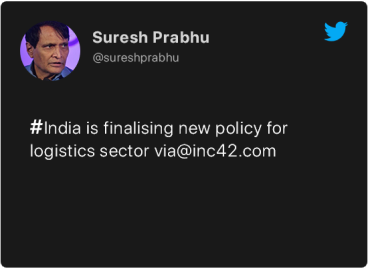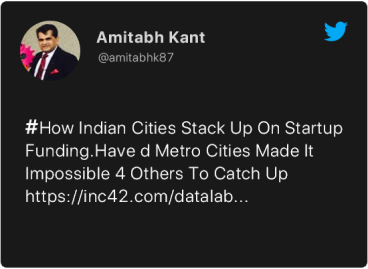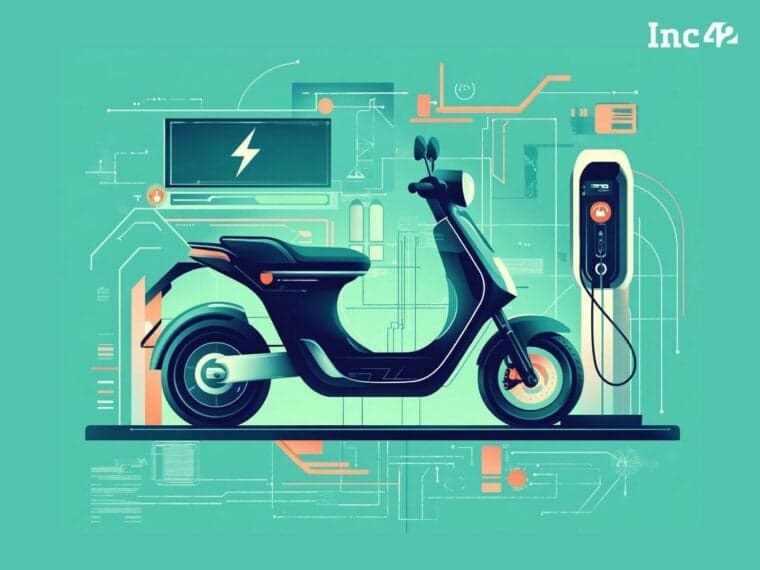
Recyclers in India have collected 2,570.26 metric tonnes of lithium-ion waste batteries generated from electric vehicles (EVs) since 2022
Union Minister of State for Environment Kirti Vardhan Singh said India generated 49.88 Lakh metric tonnes of electronic waste over the last three years
Under the Battery Waste Management Rules, 2022, producers, including importers, of batteries are required to collect, recycle or refurbish waste batteries and are prohibited from dumping them in landfills or incinerating them
Recyclers in India have collected 2,570.26 metric tonnes of lithium-ion waste batteries generated from electric vehicles (EVs) in the last three years, Union Minister of State for Environment Kirti Vardhan Singh informed the Rajya Sabha on Thursday.
Singh was responding to a question by MP Renuka Chowdhury, who asked details on the total battery waste generated from lithium-ion batteries used in EVs across the country. However, the minister did not disclose this data.
In his written response to another query in Rajya Sabha, the minister said that India generated 17.78 Lakh metric tonnes of electronic waste in the fiscal year 2023-24, up 10.5% from 16.09 Lakh metric tonnes in the previous fiscal year.
Overall, e-waste generated over the last three years in the country stood at 49.88 Lakh metric tonnes, he said.
The minister said that improper disposal of waste batteries can cause contamination of soil and water.
The Dead Battery Dilemma
Amid the Centre’s push for electrification and decarbonisation of mobility, total EV registrations, across categories, jumped 22% to 20.46 Lakh units in FY25 from 16.83 Lakh units in the previous fiscal year. Electric two-wheelers accounted for 56% of all EV registrations in FY25.
While adoption of EVs is on the rise in India, batteries powering these vehicles pose a unique problem. Unlike the internal combustion engine (ICE) that can be rebuilt, an EV battery will inevitably degrade and will need to be replaced.
As per NITI Aayog estimates, India will have a cumulative stock of 600 GWh of lithium-ion batteries by 2030. Of this, about 128 GWh will be available for recycling, with 46% (59 GWh) estimated to be coming from EVs alone.
Most of today’s electric vehicles use lithium-ion batteries, which rely on rare earth minerals such as cobalt, lithium and nickel. However, extracting these minerals from their ores is expensive and can cause environmental pollution.
Centre’s EV Push For Sustainability
To ensure environmentally sound management of waste batteries, the Centre notified the Battery Waste Management rules in August 2022. These rules apply to all types of batteries, including EV batteries, portable batteries, automotive batteries and industrial batteries.
They follow the Extended Producer Responsibility (EPR) principle, which mandates producers, including importers, of batteries to procure, recycle or refurbish waste batteries. EPR prohibits disposal of waste batteries in landfills and its incineration.
In an effort to boost domestic manufacturing in sunrise sectors, the Centre introduced the Scheme for Promotion of Manufacturing of Electronic Components and Semiconductors (SPECS) in 2020. Under the initiative, the government provides sops for manufacturing electronic goods that comprise the downstream value chain of electronic products which includes an e-waste recycling facility for extraction of metals from electronic components.
Amid the government’s push for EVs, through schemes like PM E-DRIVE, FAME and PLI, with EV sales estimated to account for 35% of all vehicle sales, India is expected to reduce its carbon emissions by 4 Bn tonnes by 2030.




 Fintech
Fintech Travel Tech
Travel Tech Electric Vehicle
Electric Vehicle Health Tech
Health Tech Edtech
Edtech IT
IT Logistics
Logistics Retail
Retail Ecommerce
Ecommerce Startup Ecosystem
Startup Ecosystem Enterprise Tech
Enterprise Tech Clean Tech
Clean Tech Consumer Internet
Consumer Internet Agritech
Agritech



















